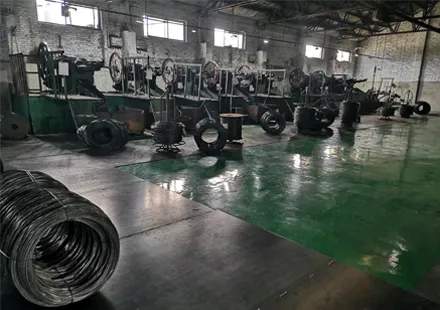10 月 . 20, 2024 14:59 Back to list
hydraulic hose connectors fittings
Hydraulic Hose Connectors and Fittings An Essential Guide
Hydraulic systems are fundamental to various industrial applications, ranging from automotive engineering to heavy machinery and construction operations. At the heart of these systems are hydraulic hoses, which transport hydraulic fluids under pressure. To ensure the efficient and safe functioning of these hoses, the use of quality hydraulic hose connectors and fittings is essential. This article delves into the importance, types, applications, and maintenance of hydraulic hose connectors and fittings.
Importance of Hydraulic Hose Connectors and Fittings
Hydraulic hose connectors and fittings play a vital role in the hydraulic circuit. They are crucial in connecting hoses to pumps, cylinders, valves, and other hydraulic components. These fittings allow for the seamless transfer of fluid, minimizing the risk of leaks and ensuring that the system operates optimally. Proper fittings are also vital for safety; improper connections can lead to catastrophic failures, which can result in equipment damage or personal injury.
Types of Hydraulic Hose Connectors
There are numerous types of connectors and fittings available, each serving a specific purpose
1. Couplings These are used to join two hoses together. Couplings can be quick-release or standard, depending on the needs of the system.
2. Adapters When different components have incompatible threads or sizes, adapters are used to connect them. They ensure compatibility for a wide range of hydraulic devices.
3. Nipples and Sleeves Nipples are male fittings that connect with female threaded components. Sleeves serve to cover the hose ends and provide added protection and durability.
4. Elbows, Tees, and Crosses These fittings allow for fluid to change direction or split into multiple paths. They are crucial in managing space and ensuring the efficient routing of hydraulic lines.
5. Caps and Plugs Used to seal unused ports on valves or cylinders, caps and plugs prevent contamination and leaks in the hydraulic system.
Applications of Hydraulic Hose Fittings
Hydraulic hose connectors and fittings are utilized in various industries. In construction, these connectors facilitate the operation of excavators, bulldozers, and cranes. In the automotive sector, they are used in braking systems and power steering. Hydraulic systems are also integral in manufacturing processes and material handling equipment. Additionally, applications extend to aerospace, agriculture, and marine environments, showcasing the versatility and necessity of quality hydraulic fittings.
hydraulic hose connectors fittings

Choosing the Right Connector and Fitting
Selecting the appropriate hydraulic hose connectors and fittings involves several considerations
- Pressure Rating Ensure that the fittings can handle the maximum pressure of the hydraulic system to prevent failures. - Compatibility Verify that the connector is compatible with the type of hose and the fluid being transported. - Material Common materials include steel, stainless steel, and brass. The choice depends on factors like corrosion resistance, pressure ratings, and operating temperature.
- Size The size of the fittings must match the hose and the connected components to ensure a secure fit.
Maintenance and Safety
Regular maintenance of hydraulic hose connectors and fittings is crucial to ensuring system longevity and performance. Here are some key maintenance tips
1. Visual Inspections Regularly check connectors for signs of wear, leaks, or corrosion. Early detection of issues can prevent more significant problems.
2. Torque Checks Ensure that fittings are properly torqued to prevent loosening over time due to vibration or thermal expansion.
3. Fluid Assessment Monitor the hydraulic fluid for contamination, as this can affect the performance of connectors.
4. Replacement of Worn Components Prompt replacement of any damaged or worn fittings is crucial to maintaining system integrity.
Conclusion
Hydraulic hose connectors and fittings are indispensable components in hydraulic systems, significantly influencing their performance and safety. By understanding the different types of connectors, their applications, and maintenance practices, users can ensure the efficient operation of hydraulic systems. Investing in high-quality fittings and adhering to maintenance protocols will not only enhance system durability but also promote a safer working environment. Whether in construction, automotive, or any other industry relying on hydraulic technology, choosing the right connectors and fittings is key to operational success.
-
Secure Your Roof with Quality Roofing Nails
NewsNov.04,2024
-
Secure Your Property with Quality Field Fencing
NewsNov.04,2024
-
Enhance Your Space with Quality Mesh Fencing
NewsNov.04,2024
-
Discover the Versatility of Iron Wire for Your Projects
NewsNov.04,2024
-
Discover the Versatility of Common Nails for Your Projects
NewsNov.04,2024
-
Discover Quality Hydraulic Fittings for Your Applications
NewsNov.04,2024









